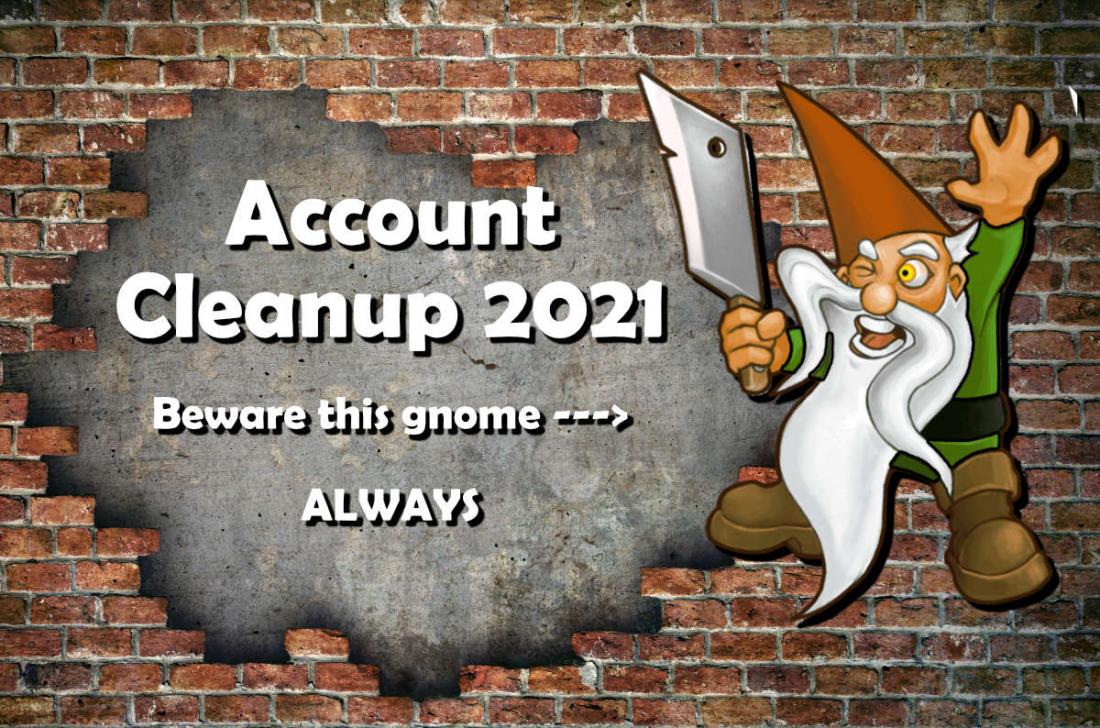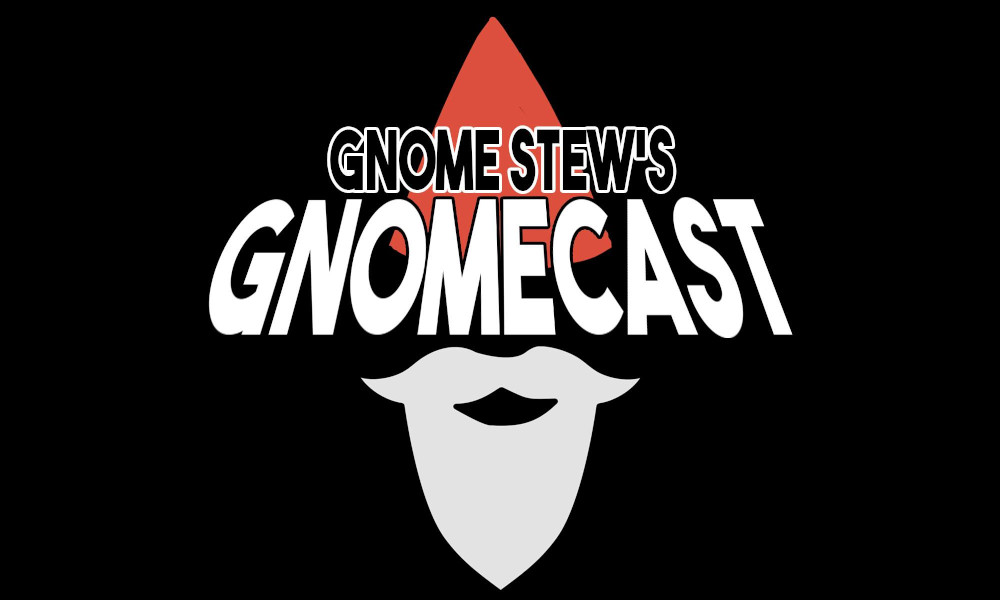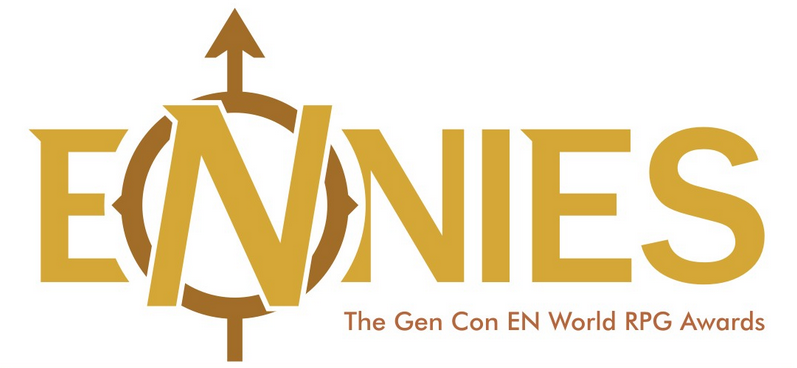
As GMs, we walk a fine line between balancing a compelling narrative that incorporates our player characters’ backstories, making them feel centered in the campaign’s story while simultaneously making the world feel natural, as if it has a life outside the narrow view of the game sessions. If we go too far in either direction, the game will feel off balance. After all, if every single cabbage merchant they run across recognizes the long-lost father of the orphaned druid, or if every mention of a prophecy ties directly into the rogue’s shadowy backstory, our suspension of disbelief starts to get stretched. On the other hand, if nothing in the characters’ backstories impacts the world, we risk the PCs feeling like balloons without strings, drifting aimlessly in a world built for everyone.
Do you want to center your player characters’ backstories without making it seem like the whole world revolves around them? Do you want to create emotional bonds as strong as adamantine between not just the PCs and the NPCs but the players, too? Do you want to pull off an enemies-to-allies (or lovers if that’s your story of the game) arc without ham-fisting the heel-face turn? Well then, my friend, allow me to introduce you to a little trick in my toolbox I like to call Parallel Backstory Mirroring.
What the heck is “Parallel Backstory Mirroring”?
I’m so glad you asked. In psychology, “mirroring“ is what we call it when at least two people unconsciously mimic each other’s mannerisms. This helps create rapport and a sense of understanding between the people involved in the conversation (and it’s a handy trick you can use in job interviews). TLDR: whether we know it or not, we like it when we see ourselves in others.
We can tweak this psychological phenomenon for our roleplaying games by creating backstories for our major NPCs that mirror the PCs’ stories, but they do so on a parallel course. When you do this, your players will see their characters’ stories reflected in the world via the NPCs, and they’ll start to create unconscious emotional bonds with your cast, be they allies, villains, or something in between.
The important thing here is to refrain from copying/pasting the backstory exactly. (If you remember how bad the “Martha” reveal was in Batman V. Superman, you know what I’m talking about here, and if you don’t, consider yourself lucky.) No, you want to pick apart your PCs’ backstories and pick out the major themes and plot points, then file off the serial numbers and build your NPC’s story using the same skeletal structure.
For example, in a one-shot I ran a few years ago, a warlock had made a fae pact bargain to protect her sister from a degenerative genetic disease. The crucial beats revolved around making morally grey choices to protect a sick family member.
In the course of the adventure, they had to confront the leader of a thieves’ guild to retrieve a magic MacGuffin. Now, I could have just had them fight the thieves and loot the MacGuffin, but I wanted more meat to the encounter. So I gave the leader of the guild a parallel mirrored backstory: the leader, you see, didn’t steal because they wanted money. They stole so they could finance a cure for their son’s wasting disease.
See what I did there? Sick family member. Morally grey actions.
Suddenly, the PC had reason to pause and consider not just the actions of the supposed baddie but also their own. It was a great character moment that led to an emotional scene filled with roleplay.
Notice the other important element of Parallel Backstory Mirroring: the events you’ve extracted for the NPCs – they haven’t happened in the past; they are happening right now. When they recognize the reflections of their histories playing out in the world you’re creating together, they’ll experience an innate connection to the events and the characters that will make them feel seen and encourage them to take action.
If you need some help getting your players to establish goals and motivations (or need help creating goals for your villains), check out J.T. Evan’s articles on character goals and antagonist goals.
Controlling the Reveal
To put all my cards on the table, I am a big fan of putting all of my cards on the table. I try not to hold back information from my players for a BIG DRAMATIC REVEAL™ because I think players create more interesting stories when they have all the information right in front of them. Plus, players have lives outside the game and aren’t obsessing over every detail the way I do. That means subtle foreshadowing almost always gets missed. However, when you’re integrating parallel backstories into your sessions, consider the order in which you give your players the information because you can use that order to create different kinds of emotional impact.
Consider showcasing your villain’s actions before the players learn of his motivations. If your PCs are investigating a series of brutal cult sacrifices, then they’re going to build up a very specific image in their heads of the kind of person they’re chasing down. Then, when they find out that the villain is performing these rituals to contact the soul of his dead father, the ranger trying to redeem her mother’s soul will have some pretty big feelings surrounding that encounter.
Now, imagine giving them the information in reverse order. What if they hear about a powerful spellcaster attempting to contact the soul of a deceased loved one? Their realization that the ritual requires human sacrifice is going to hit differently.
When figuring out how you will handle the reveal, think about its impact on your characters. Especially if you’re trying to pull off a turn in the players’ perceptions of the NPC, ask yourself if you want them on board with the character at the start or end.
Bond Established. Now What?
So, what do you do once you’ve established these solid emotional ties between characters? Well, use them to your narrative advantage. When a player realizes this NPC is “just like me/my character,” they’ll be more inclined to trust the opinions of that NPC. Do with that power as you will – either to help guide the characters on their journeys or, you know, not.
You can also use the bonds to hold up a dark mirror to the PC. Use it to make your players consider, “This is what I could become if I continue down this path.” Use the bond to establish a solid foil or set up a hated nemesis.
Strong emotional bonds like these also ramp up the tension during social scenes, primarily if you use the NPC they’re bonded with as an obstacle to their goals in the scene. When an NPC they identify with has differing opinions on handling the impending wood elf invasion of the Capitol, will the PCs side with their friend, or will they push for their own strategies? If they do, what’s the fallout going to be like later?
Once you’ve established these bonds, you can turn up the heat.
A Caveat for Failed Perception Checks
Suppose you find yourself with a player or two who aren’t as big on introspection or self-reflection via tabletop blorbos. In that case, I suggest using a different NPC as a mouthpiece to point out and drive home the similarities in the themes. (Shakespeare deployed this character often, and if it’s good enough for The Bard, it should be good enough to use on your bard.) Alternatively, just ignore the advice above about copying/pasting the backstories and turn the obviousness of the connections up to 11. Tell ’em Martha sent you.
Parallel Backstory Mirroring Checklist
- Collect PC backgrounds and goals
- Strip down their stories and pick out major themes and plot beats
- Write NPC backgrounds using the skeleton of your PCs’ stories
- Make sure the events of the NPC’s story are happening NOW
- Decide what sort of emotional impact you’re looking for and dole out the information accordingly
- Use those bonds to turn up the heat!
What about you? How do you handle tying your player characters’ backstories into the world of your campaign? Let us know in the comments.

















Amazing. So stealing this.
Gotta lemme know how it goes!